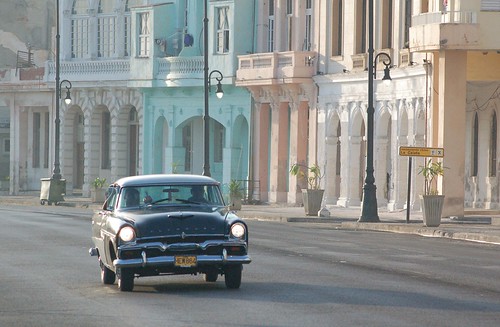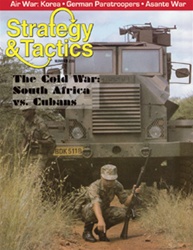
‘So Comrade Major, The Chief has read your report. The situation in Angola looks bleak. Our friends are concerned they may not have the muscle to stop Roberto and Savimba. What do you think we should do?’
‘Comrade General, with respect, I’ve given my recommendations in the report, as has Major Perez…’
‘Yes Comrade, we’ve read it and we appreciate what’s on paper and… as one Comrade to another…I’d like to hear what you really think…it won’t go on record, I assure you…’
‘Comrade General, if I can be frank…the report outlines the risks of us supplying the MPLA with the amount of support they are asking for, particularly in light of our previous experiences in Africa….’
‘Is there an alternative?’
‘I think we could adopt a minimalist strategy, limited support and using specialists to train MPLA cadre. I suggest enough to establish four camps…in three months they could be turning out enough trained men to alter the balance. Drip feed weapons and equipment…I’m sure our comrades in Moscow would help with the latter…we can provide the expertise, the Soviets have the money and hardware.’
‘Have you worked up any notes on this?’
‘Perez and I have a file Comrade General’
‘Good. I like it. I think The Chief will like it. I want a proposal on my desk first thing tomorrow’
‘Yes Comrade.’
‘And Major?’
‘Comrade General?’
‘Well done…’









